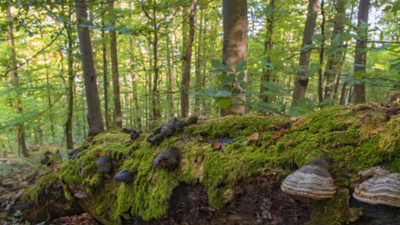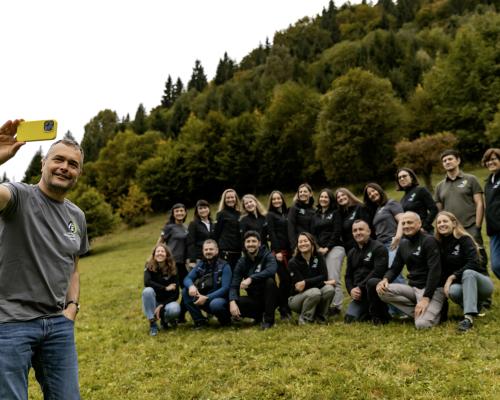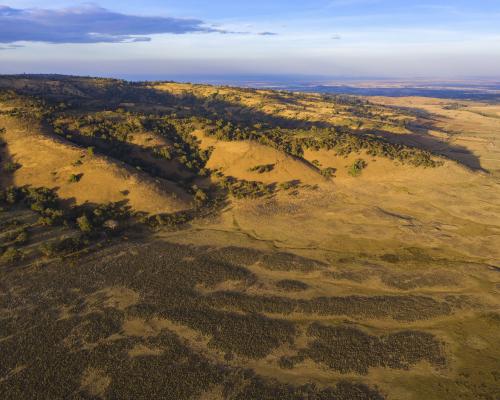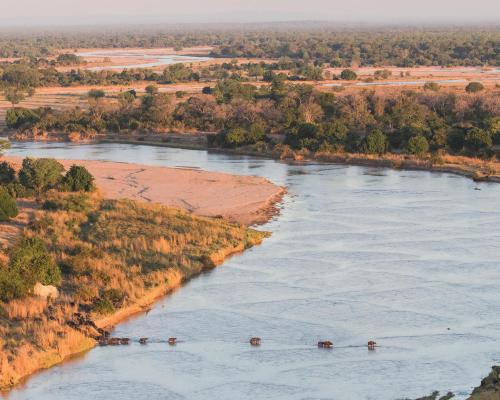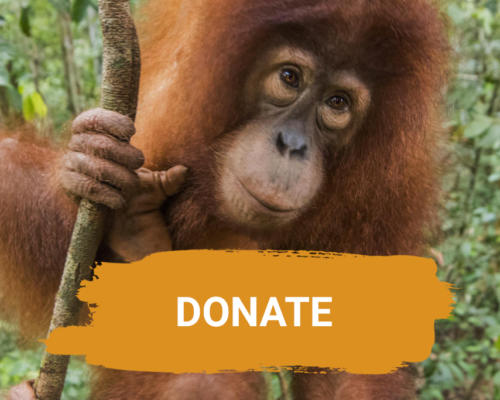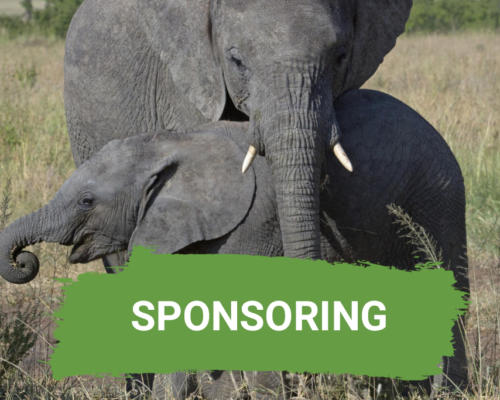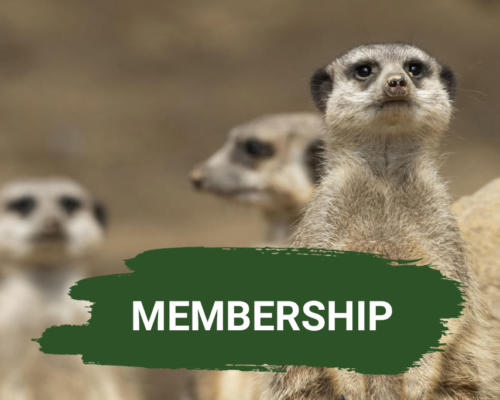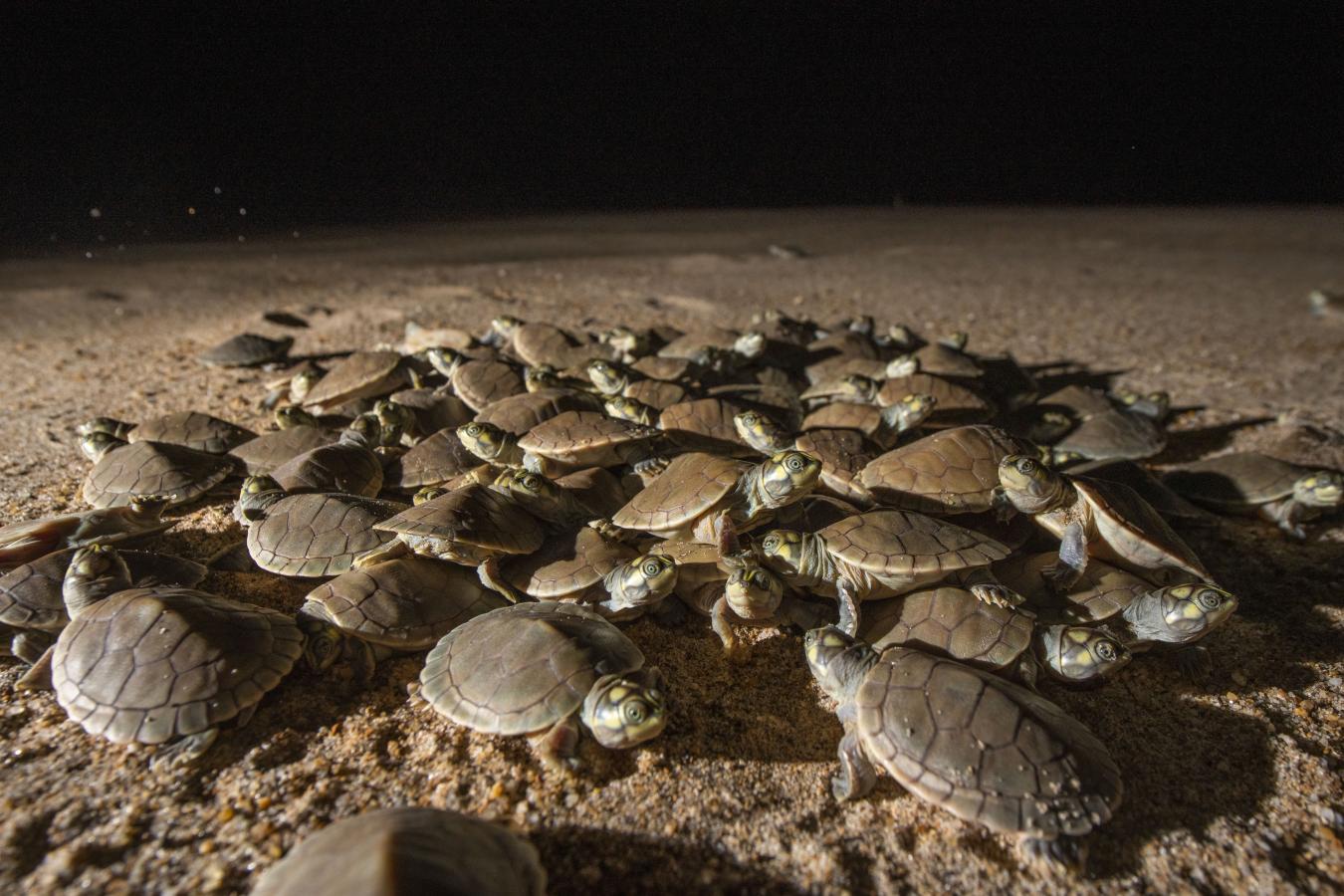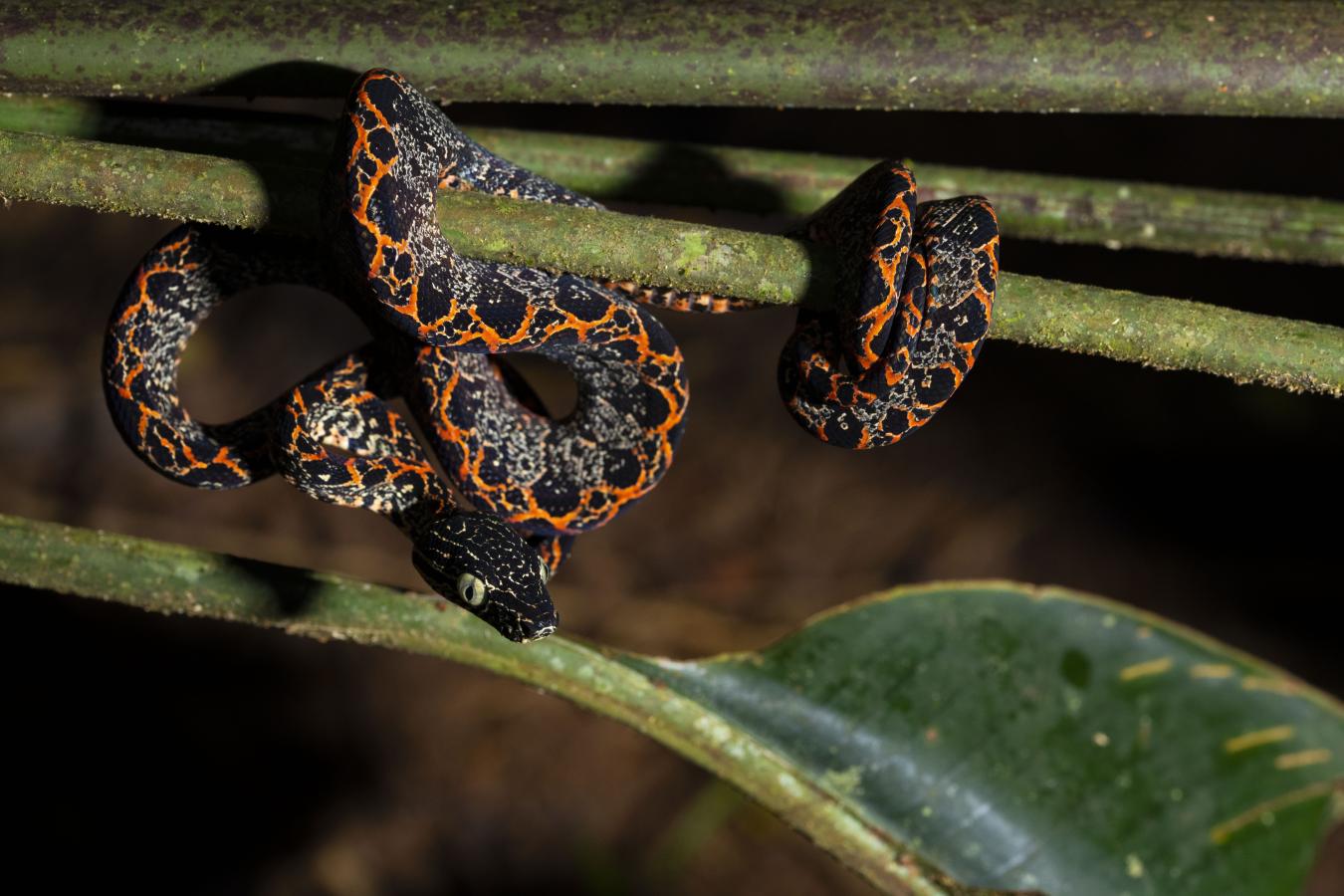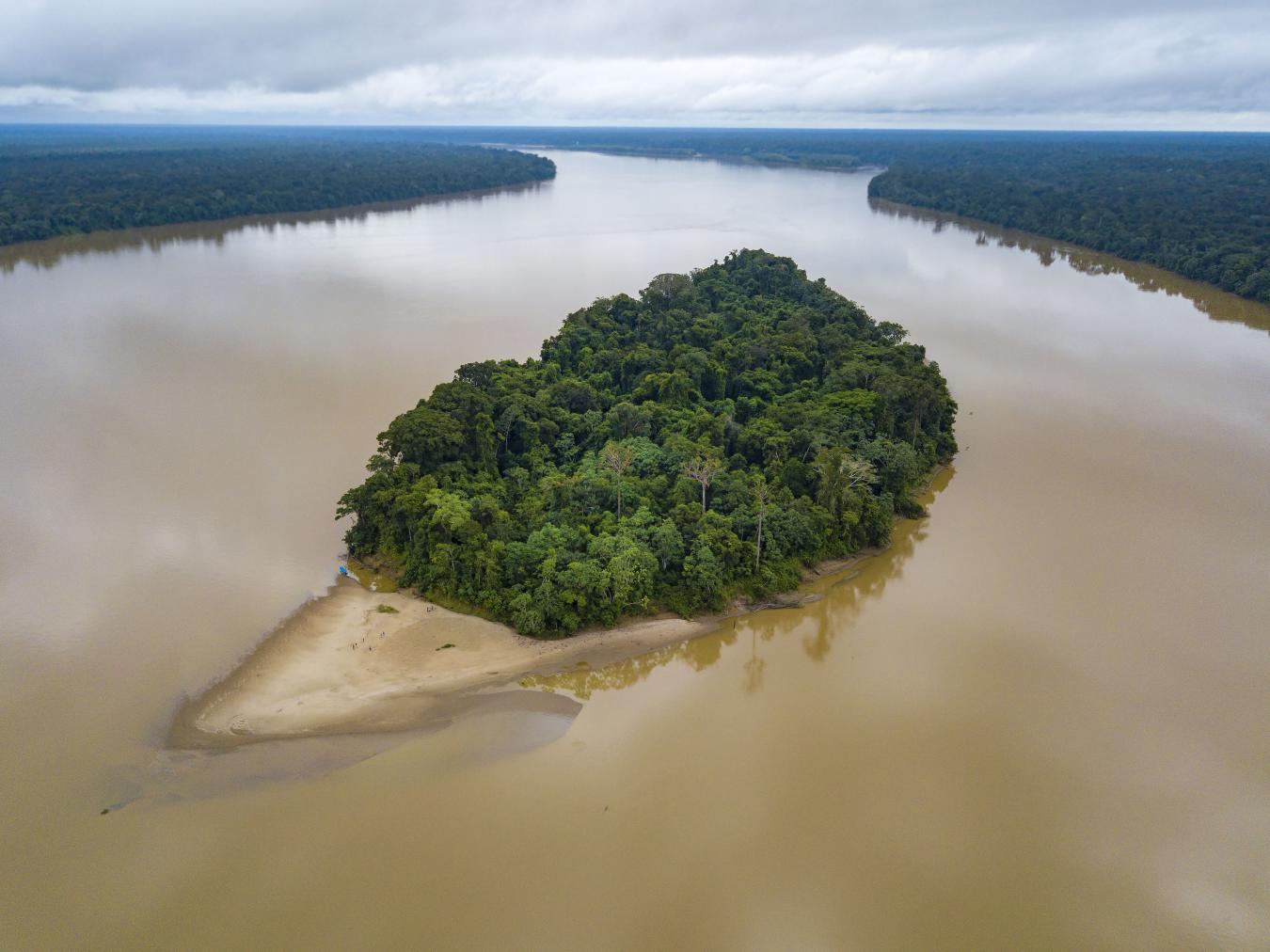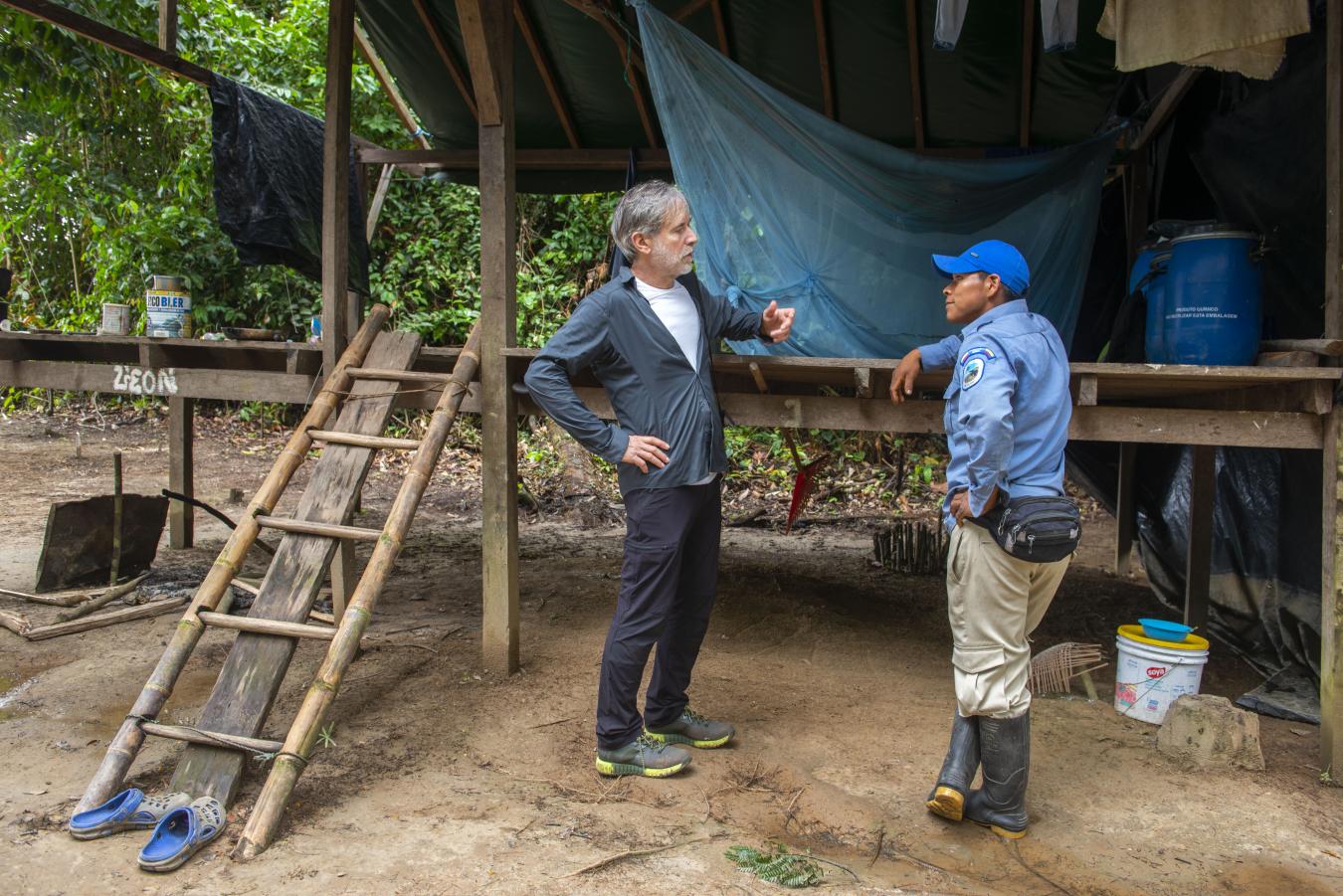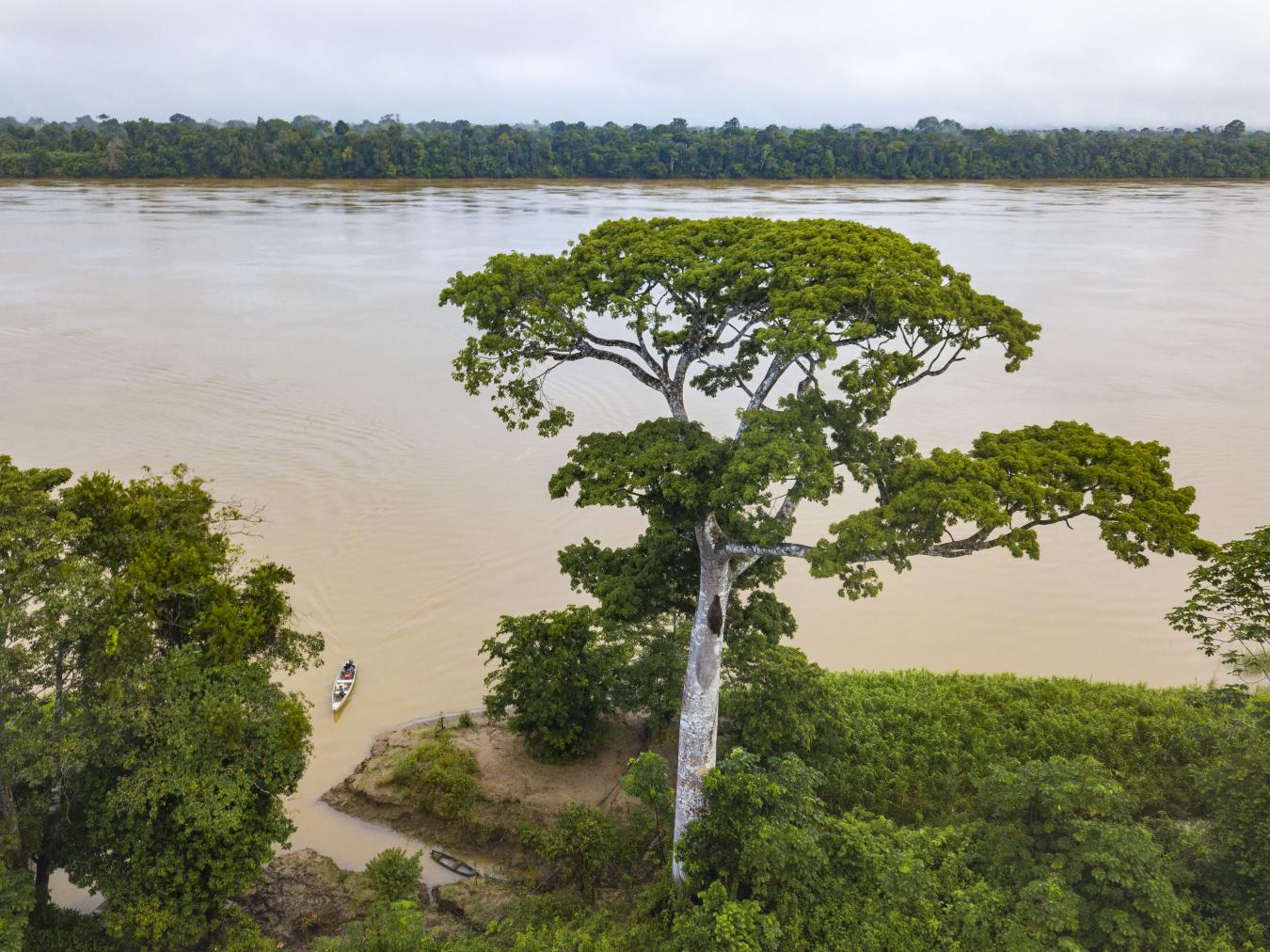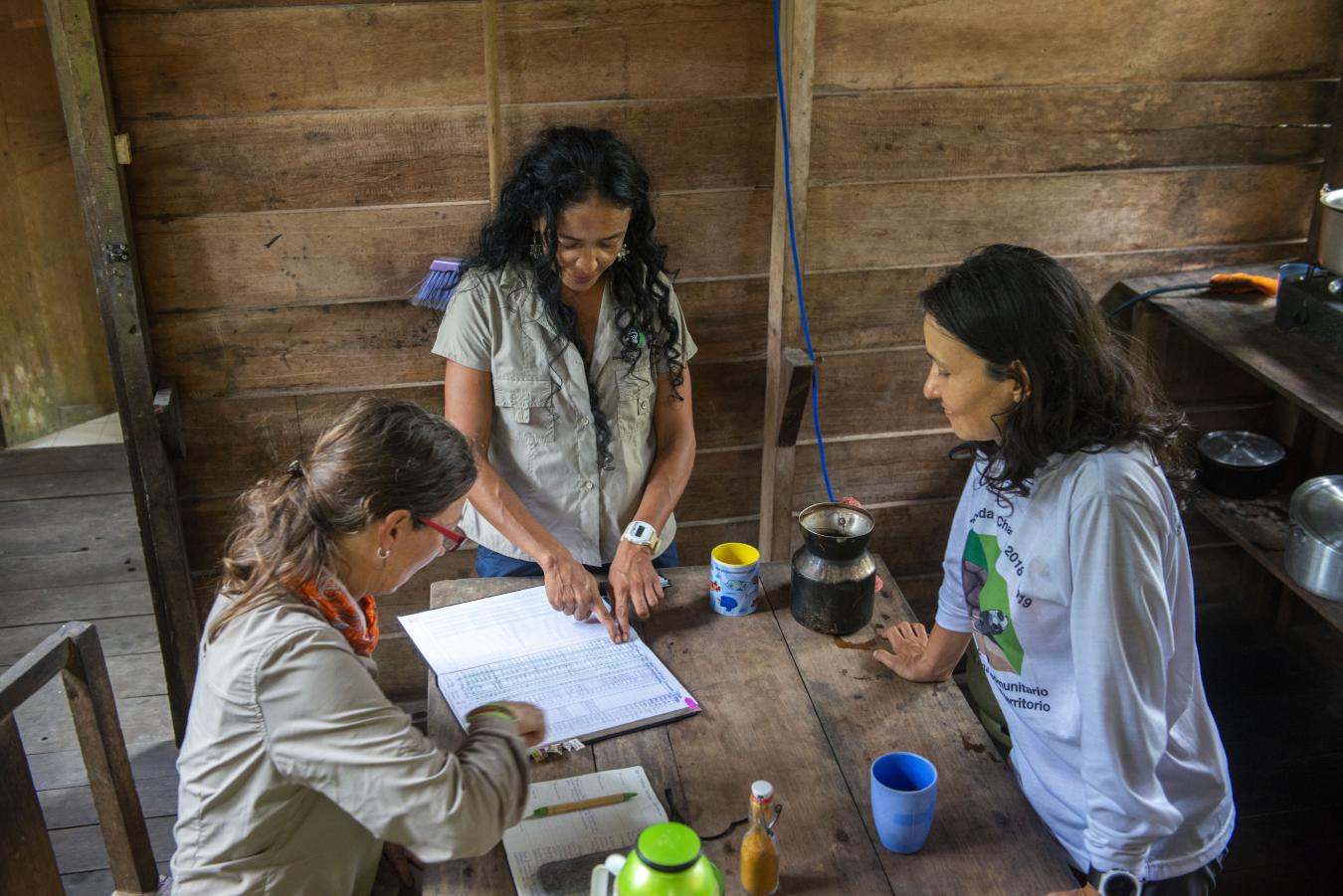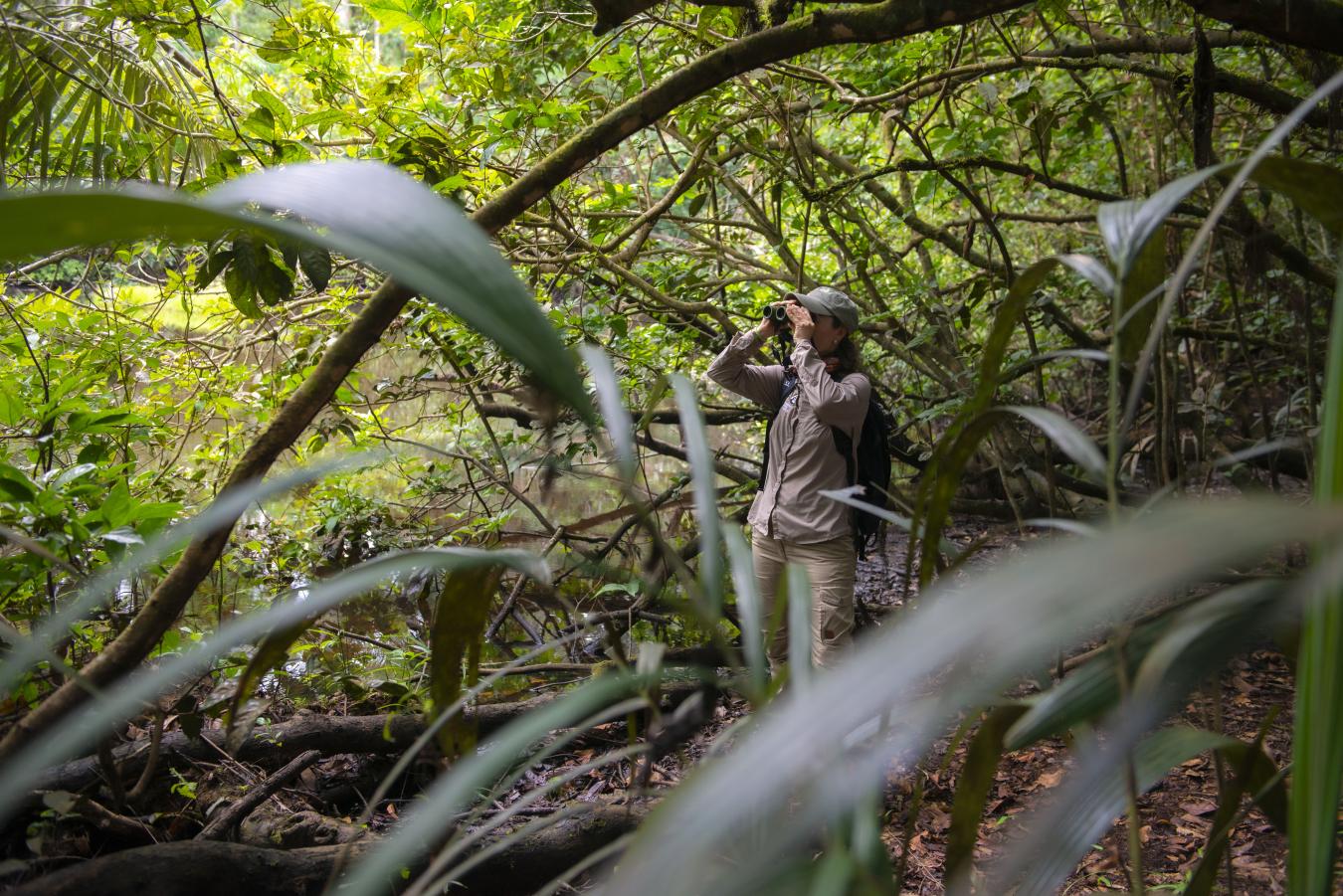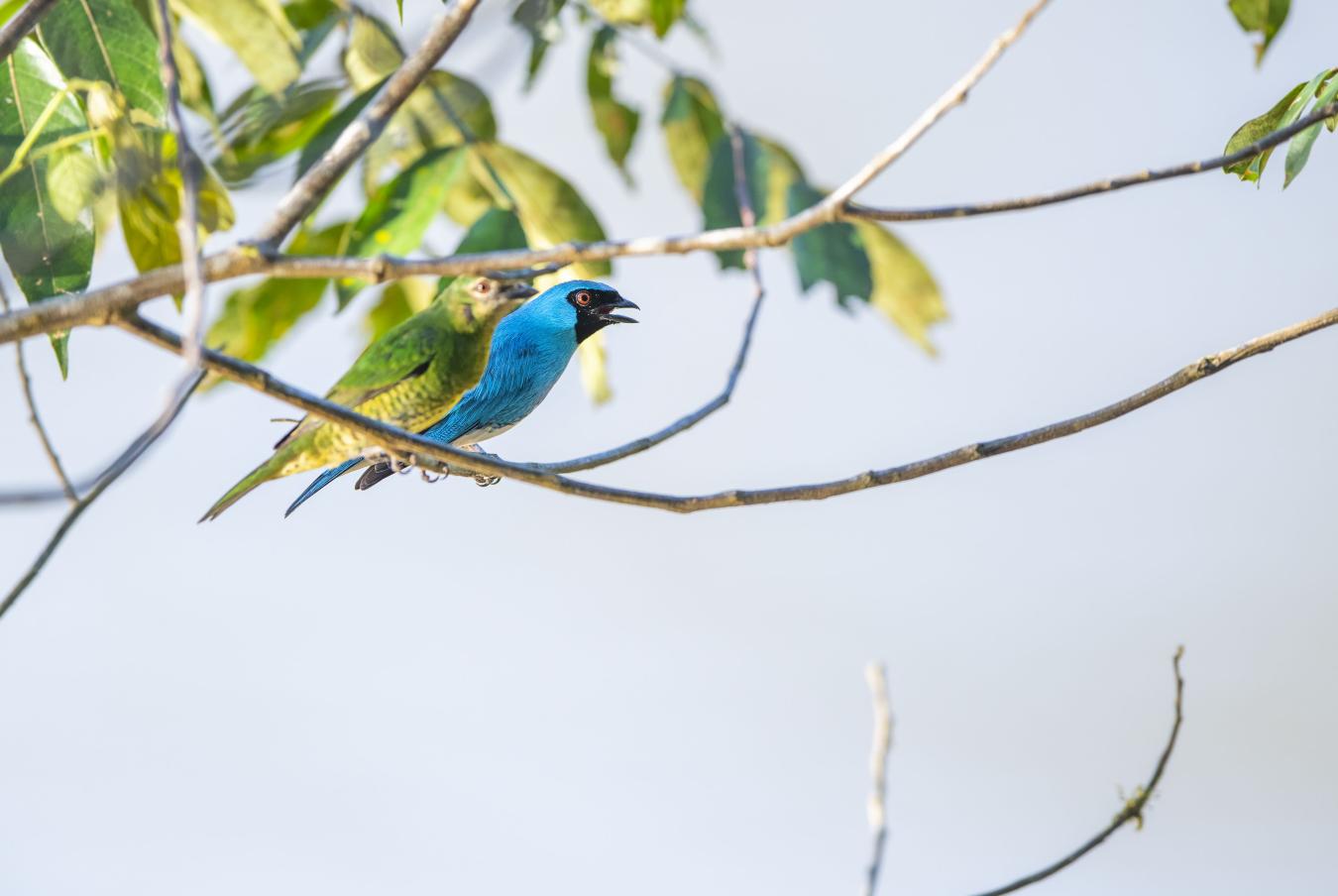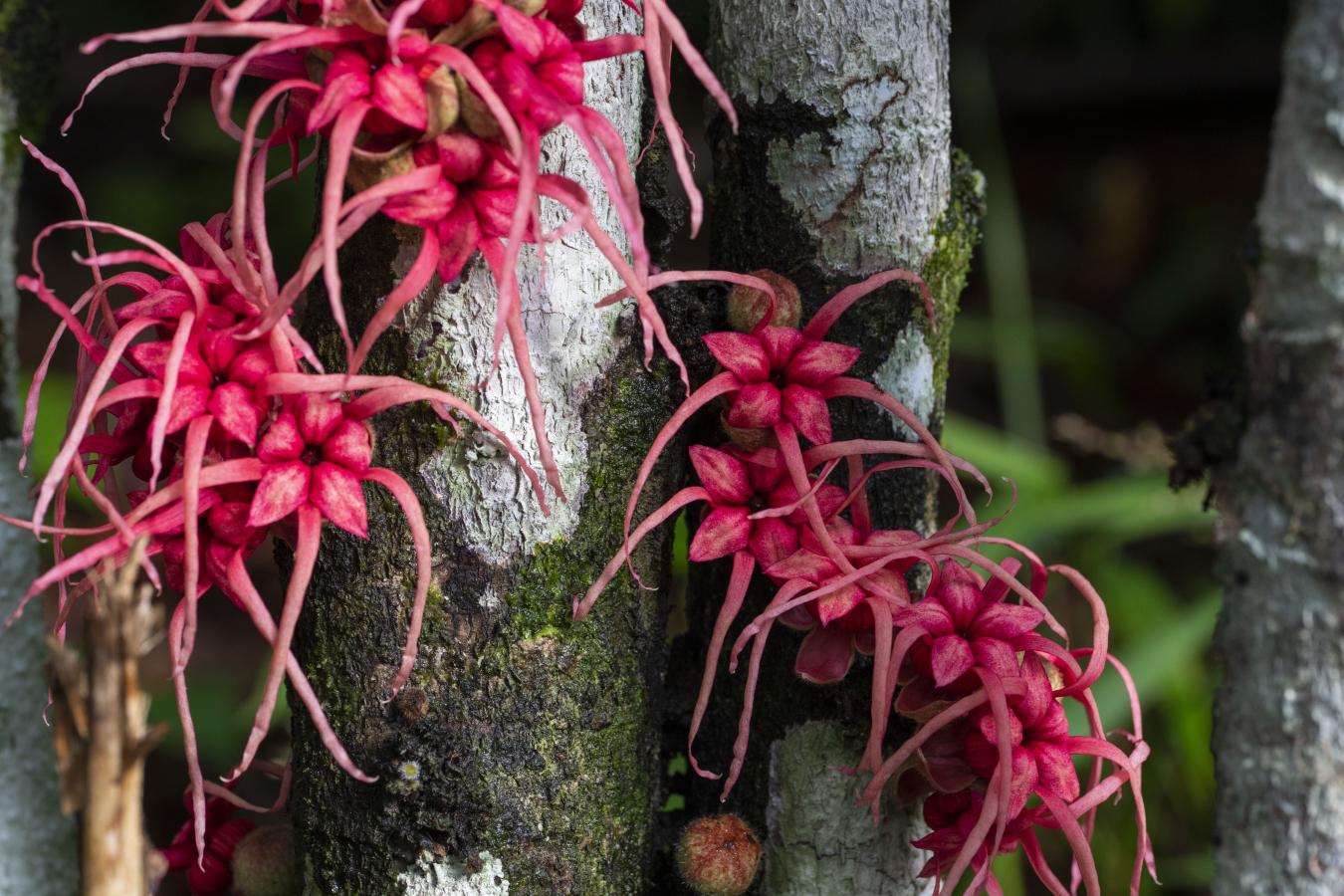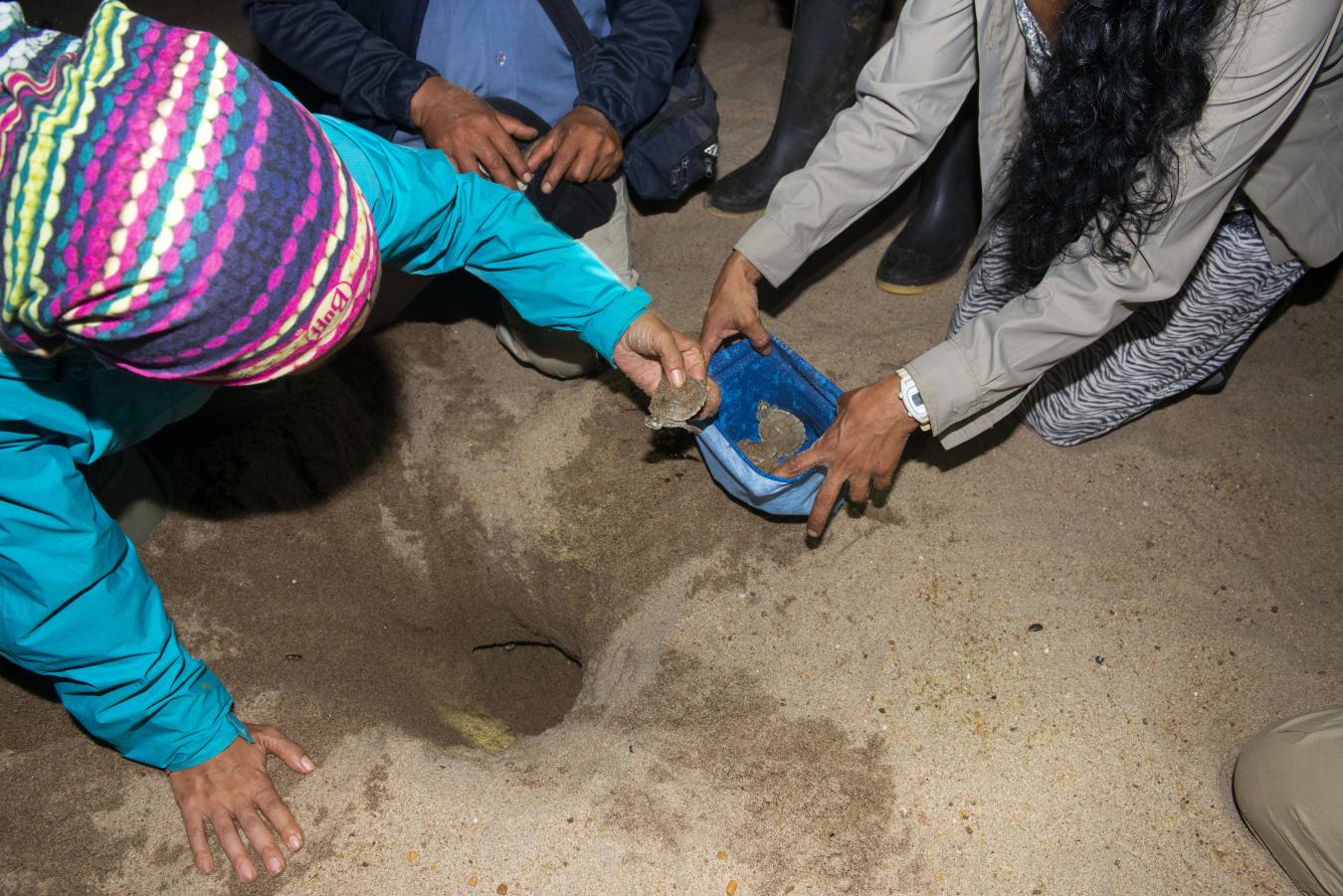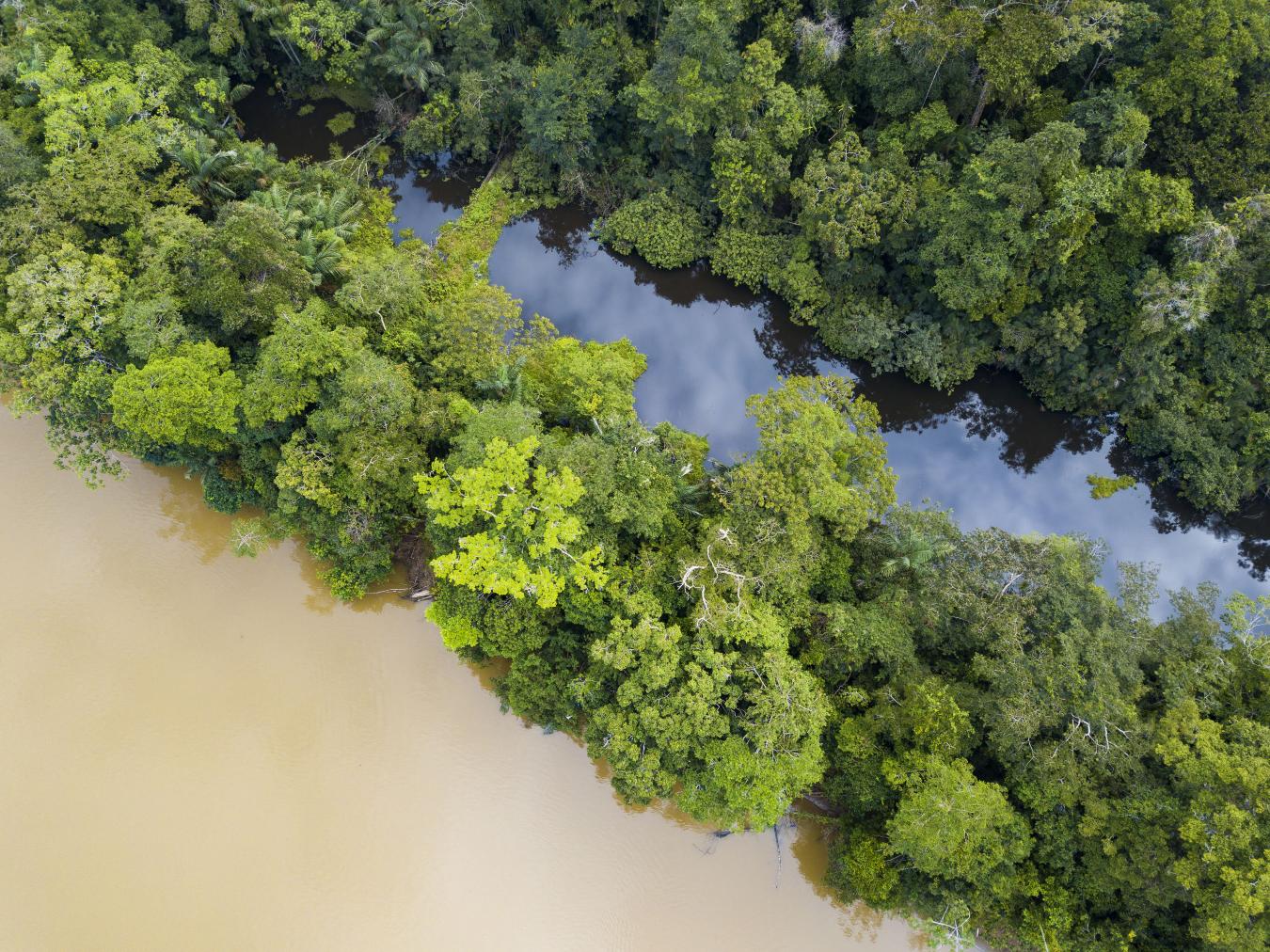
Along the Caquetá, Apaporis and Putumayo Rivers are other large, national–level protected areas and indigenous territories with well-preserved rainforests which include Yaigojé Apaporis, Cahuinarí, and Amacayacu , and Río Puré, National Parks. The first three overlapped with indigenous territories and the last one, home of the Yurí – Passé isolated indigenous groups. Beside the overlapped indigenous territories there are other important indigenous territories that complement the cultural richness of this landscape, e.g. Gran Resguardo Predio Putumayo, Mirití Paraná, Nonuya de Villa Azul, Curare los Ingleses and Puerto Córdoba. Together, they display the magnificence of the Colombian Amazon lowlands and the majesty of its rivers and streams. In addition, these are ancestral territories of human populations who through millennia have developed cultural identities and traditions intrinsically linked to their knowledge of the Amazonian climate and ecological dynamics. In a unique way in the world, the indigenous people of this landscape jointly manage the national-level protected areas with the national environmental authorities. The Caquetá – Apaporis – Putumayo landscape also plays an important role as part of a larger conservation corridor, as its rivers connect with protected areas in neighbouring Peru. As FZS has had a long history of work in Peru, it is therefore perfectly suited to promote and support cross-border initiatives between Peru and Colombia.
- Name of project: Protection of the Caquetá, Apaporis and Putumayo Rivers Landscape
- Project area: 81,789 km²
- Yaigojé Apaporis National Park: 10,560 km²
- Cahuinarí National Park: 5,586 km²
- Rio Puré National Park: 9,988 km²
- Amacayacu National Park: 2,672 km²
- Project start: 2014
- Project leader: Diego Muñoz
- River Basins of Caquetá, Apaporis, and Putumayo
- How we support the Caquetá, Apaporis and Putumayo River Basins
- Partners
- back to top
- Supporting community-based monitoring for the conservation of the giant Amazon river turtle (Podocnemis expansa) and yellow-spotted Amazon river turtle (Podocnemis unifilis) in the Cahuinarí National Park
- Supporting the development of strategies for monitoring biodiversity with indigenous communities and the protected area administration while fostering their cultural values
- Promoting the development and the finalization of conservation agreements
- Strengthening the technical capacity of PNNC staff through tracking and monitoring programs using the SMART platform
- Strengthening and training indigenous communities and local authorities for developing management strategies in the protected areas of this landscape
- Establish aerial, river and land surveillance routes that provide information on the state of gold illegal mining in the area
- Promoting the economic development of the communities of the indigenous organization PANI and the Nonuya de Villazul and Curare Los Ingleses indigenous territories, through small grants that facilitate surveillance routes to improve security in and around the protected areas
- Generating technical information to support decision-making in these areas and providing infrastructure and equipment
- Facilitating exchange and workshops among Parques Nacionales Naturales de Colombia (PNNC) and the Peruvian Protected Areas Authority (SERNANP) as well as other stakeholders such as indigenous authorities and NGOs to support coordinated and joint bi-national conservation activities
- Strengthening the bi-national planning and coordination of conservation activities in the Colombian-Peruvian Putumayo border zone
Successful conservation is always the result of great teamwork. We collaborate with local communities, national authorities, and conservation organizations. Our partners make our conservation work possible.
-
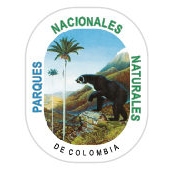 Parques Nacionales Naturales de Colombia (PNNC)
Parques Nacionales Naturales de Colombia (PNNC) -
 Asociación de autoridades tradicionales indígenas PANI
Asociación de autoridades tradicionales indígenas PANI -
 Resguardo Nonuya de Villa Azul
Resguardo Nonuya de Villa Azul -
 Resguardo Curare los Ingleses
Resguardo Curare los Ingleses -
 Asociación indígena zonal de Arica (AIZA)
Asociación indígena zonal de Arica (AIZA) -
 Gordon and Betty Moore Foundation
Gordon and Betty Moore Foundation -
 The Climate and Land Use Alliance (CLUA)
The Climate and Land Use Alliance (CLUA) -
 Alliance against Illegal Gold Mining
Alliance against Illegal Gold Mining
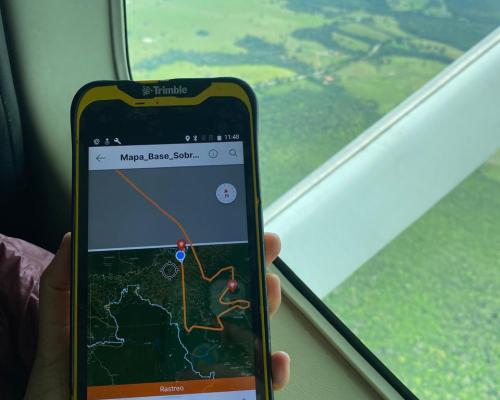 02/27/2025News
02/27/2025NewsAdvanced Satellite Monitoring to Combat Deforestation in the Colombian Amazon
02/27/2025NewsAdvanced Satellite Monitoring to Combat Deforestation in the Colombian Amazon
The Colombian Attorney General’s Office and FZS Colombia have launched an AI-powered satellite monitoring tool to combat deforestation in the Amazon. This system detects illegal activities, enabling faster responses. Focused on key regions like Chiribiquete and La Macarena, it enhances conservation efforts and supports policy-making to protect vital ecosystems.
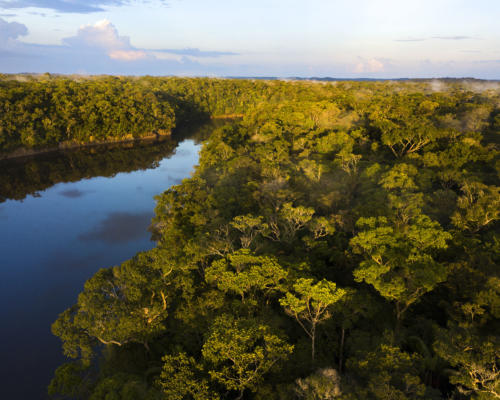 10/01/2021Project update
10/01/2021Project update“Violence against environmental leaders in the Colombian Amazon has to stop”
10/01/2021Project update“Violence against environmental leaders in the Colombian Amazon has to stop”
Colombia is now the most dangerous country for environmental defenders: In 2020, 227 people were murdered worldwide for their commitment to protecting the environment, 65 of them in Colombia. To understand the reasons behind this crisis, nine environmental organizations who work in the Colombian Amazon, including FZS, joined forces to … Read more
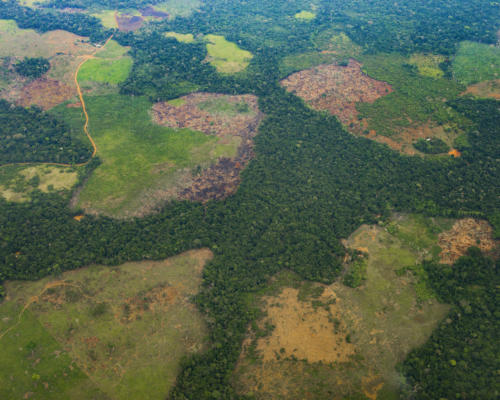 09/30/2021Press release
09/30/2021Press releasePeace on hold in the Colombian Amazon
09/30/2021Press releasePeace on hold in the Colombian Amazon
New in-depth study identifies worsening spiral of environmental destruction and violence since 2016 peace treaty between government and FARC.


